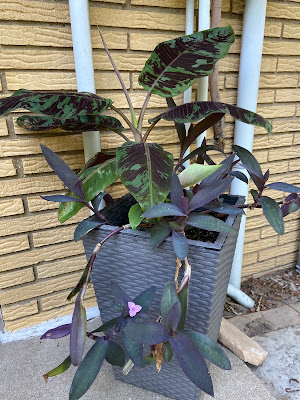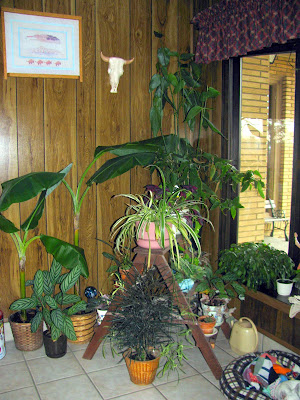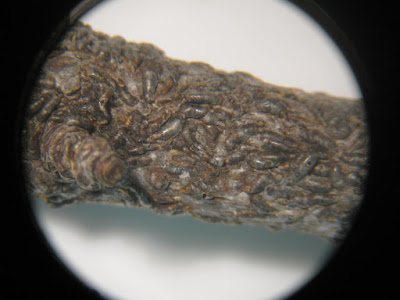On June 1 (2015) my husband Mark and I will celebrate our 30th wedding anniversary. My Grandma Simmons told me June brides are extra special. I don’t know if that is true, but I sure did feel special that day. Certainly, June is a beautiful month for a wedding. Flowers are a part of all weddings and the bridal bouquet is key.
 |
| Rhonda Simmons Ferree wedding party in 1985 |
Bridal bouquets are made of many different types of flowers and can be real, silk, or a combination of both. Prices depend on many factors such as flower type and season. Not all flowers are available year-round. For example, one of my favorite flowers is the Lily-of-the-Valley. It is not usually available for June weddings, so one of my University of Illinois professors attempted to force some for me. Unfortunately, it did not work properly so I included silk ones in my bouquet.
Choice and often expensive bridal flowers include eucharis lilies, hybrid and phalaenopsis orchids, camellias, rubrum lilies, lily of the valley, freesia, ivy, and stephanotis. Many of these flowers are fragile, but if prepared properly will last very well in bouquets. Lily-of-the-Valley is wired and taped using a #30-gauge wire wrapped in light green floral tape. Wire and tape help florists control the design of the flower, but in a good bouquet these mechanics will not show. My floral design instructor told us repeatedly to never show our mechanics!
Moderate priced bouquet flowers include roses, hyacinths, fugi mums, ranunculus, gardenias, tuberoses, and stock. Roses are included in most bridal bouquets because it is the flower of love. Inexpensive flowers in a bouquet might include mums, asters, carnations, daisies, and snapdragons.
Greenery is important in a bouquet too (it hides mechanics). Greenery used in the florist industry includes leatherleaf, sprengeri fern, ivy, salal, and more.
The shape and length of the bridal bouquet varies as well. The bride may choose a round colonial or add a cascade to that. There are also clusters, crescents, and basquettes. Clutch bouquets show the individual flower stems, while the others have all stems wrapped in tape and ribbon. Ribbons add whimsical beauty and sometimes color.
Flowers can and are used everywhere at a wedding. They are on the altar, candelabras, pews, kneeling benches, cakes, tables, as corsages, and so much more. The flowers normally used include the bride’s bouquet, attendants’ bouquets, corsages, boutonnieres, and floral decorations in the church plus reception decorations. There is no limit to the places where flowers can be used. Palms, ferns, potted plants, candles, ribbons, aisle runners, and baskets are used as well.
If you are planning a wedding in the future, remember the flowers and that anything is possible. Flowers are available in all types and price ranges. Consult your florist for a consultation. A professional florist will help make your day extra special – with flowers!
Originally Published in Canton Ledger Column on 5-30-15





























